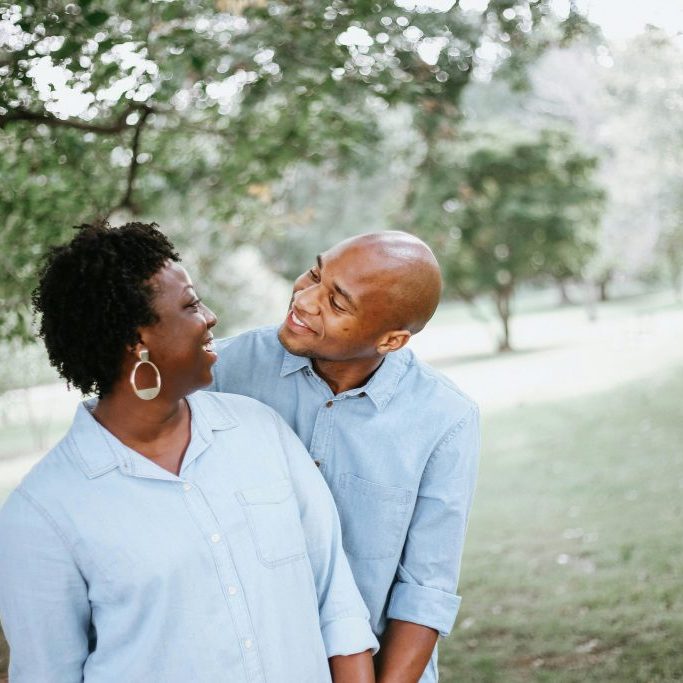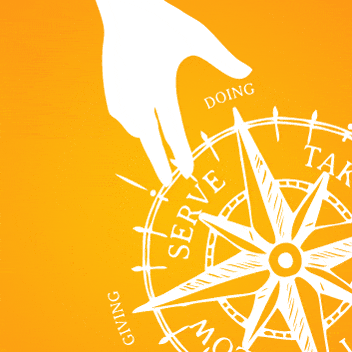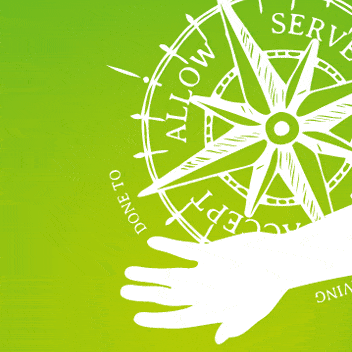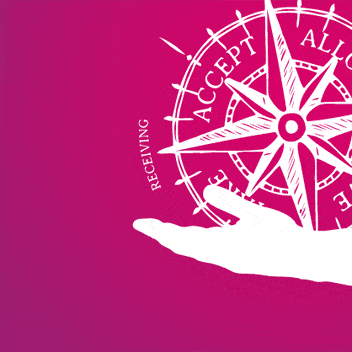
A simple approach to consent and boundaries
For many people the topic of boundaries and consent can feel so huge it’s overwhelming. Where do you even start?
I’ve found there are a couple of key elements to focus on which help make it a bit more accessible and easy to understand.
Let’s start with consent.
Why consent is more than permission
Consent is often framed as permission. But that’s only half the story.
Sure, if somebody wants to do something that involves access to you in some way – maybe they want to borrow one of your possessions, or touch your body, or access your time or attention – then they need to get your permission in order to have consent.
But if someone wants you to do something for them – maybe drive them some place, or massage their shoulders, or share some of your expertise with them – it requires something different than permission – it requires your agreement.
Either way you’re being asked to give the other person something they want – either by giving them access to you in some way, or by taking action for their benefit.
In order for that to happen consentingly you need to be willing.
Which brings us to boundaries.
Your boundaries are determined by how willing you are
The terms ‘boundaries’ and ‘limits’ are often used interchangeably (read more about that here).
And although consent and boundaries are often talked about in terms of saying ‘yes’ or ‘no’, there’s actually a bit more nuance to it.
Your limits and boundaries will depend on your willingness, which can happen on a scale. When someone wants something from you, you might be any of the following:
- An enthusiastic yes
- A neutral yes
- A yes with limits
- A maybe, but you need more information,
- A maybe, but you need more time to think about it
- A no to one thing, but a yes to something slightly different
- A no to right now, but a maybe to later
- An absolute no
Lots of things can affect your willingness
Willingness is often dependent on context.
You might be willing for a particular thing with one person but not with another; or your willingness might depend on location, or timing.
And it’s important to remember that sometimes even when you’re unwilling you may not feel you have a choice – power dynamics, or trauma responses can impact this.
How well you navigate your willingness also often depends on your ability to recognise where you are on your willingness scale, and your capacity to speak up for your ‘no’ when you encounter it.
HOW TO DO IT:
Making clear agreements is key to having better consent and boundaries
Boundaries tend to get overstepped, and things get less consenting, when you don’t have clear agreements, or when assumptions are made about what’s happening.
If you want to get better at consent and boundaries here are 3 simple things to pay attention to whenever you head into an interaction with someone:
- Check: is this about something you want, or something somebody else wants of you?
- If it’s about what you want, you need to let them know what that desire is, and create a clear agreement with the other person before anything happens.
- If something is wanted from you, figure out how willing you are, communicate that clearly, and base your agreement on that.
The quadrants
Each quadrant in the Wheel Of Consent creates a different experience and teaches you something different about yourself. Learn more about each one:
Enjoyed reading this?
If you've found this page helpful you can get more tips and resources for better relating straight to your inbox. Sign up here and get my free How To Be Heard guide to start you off:
Explore more:
Why are we so scared of talking in the bedroom?
Talking in the bedroom is often viewed as ‘dirty’ or avoided completely. Find out why it’s time to change that narrative.
Read MoreGiving and receiving explained – 6 key ways to tell the difference
If you think giving and receiving don’t need to be explained you might be surprised by this handy guide that breaks down the differences
Read MoreWhy slow down? 3 reasons you’ll benefit
There are 3 great reasons why you should slow down. Learn what they are, why they can help you, and how to get better at it
Read MoreEvents & courses
Learn To Touch – Supported Self Study Course
Online. Discover a whole new approach to touch that will change how you feel – literally! A short, affordable, practical guide you can learn in less than an hour a day.
Read More







